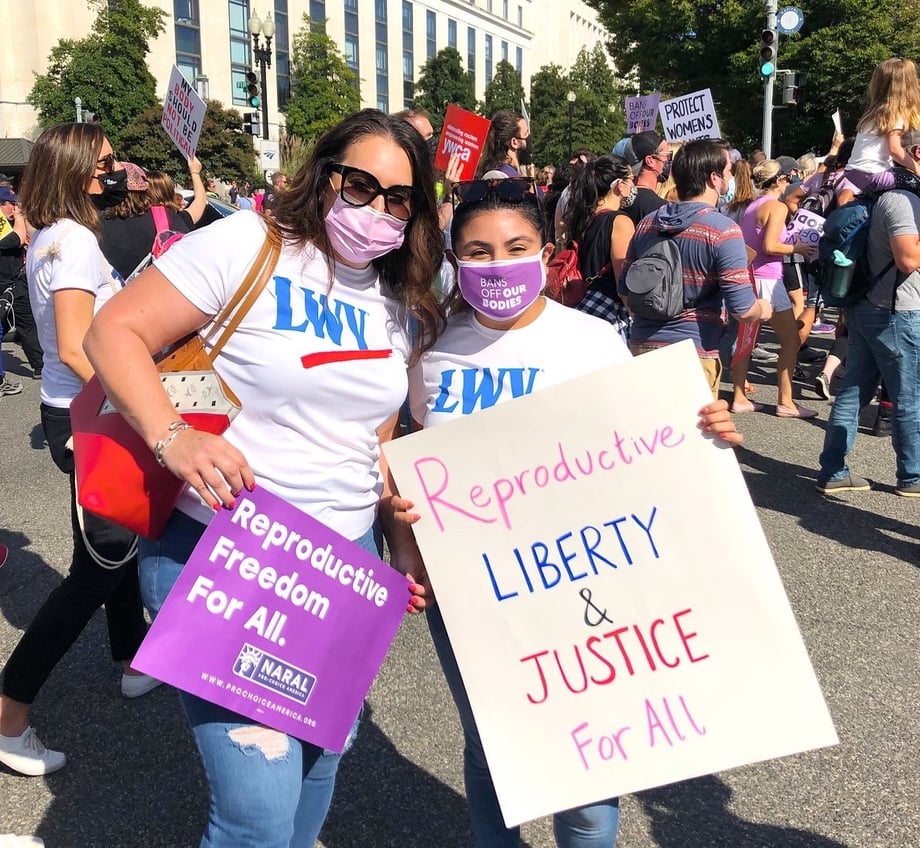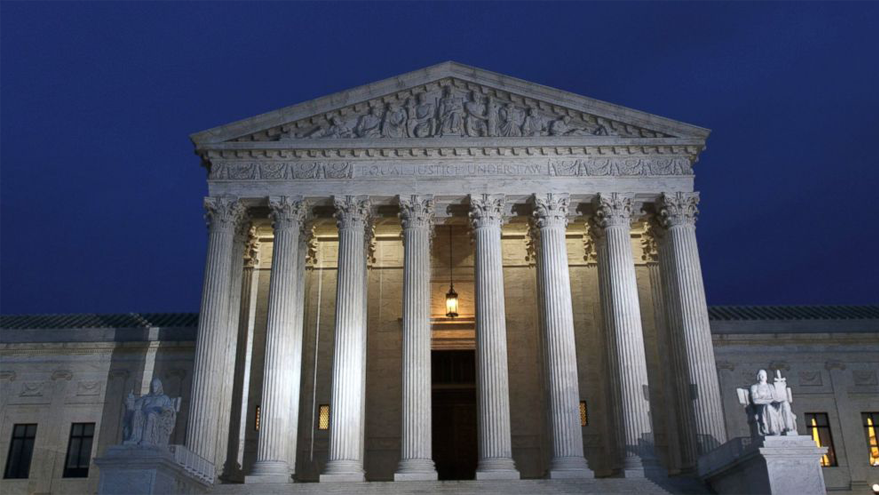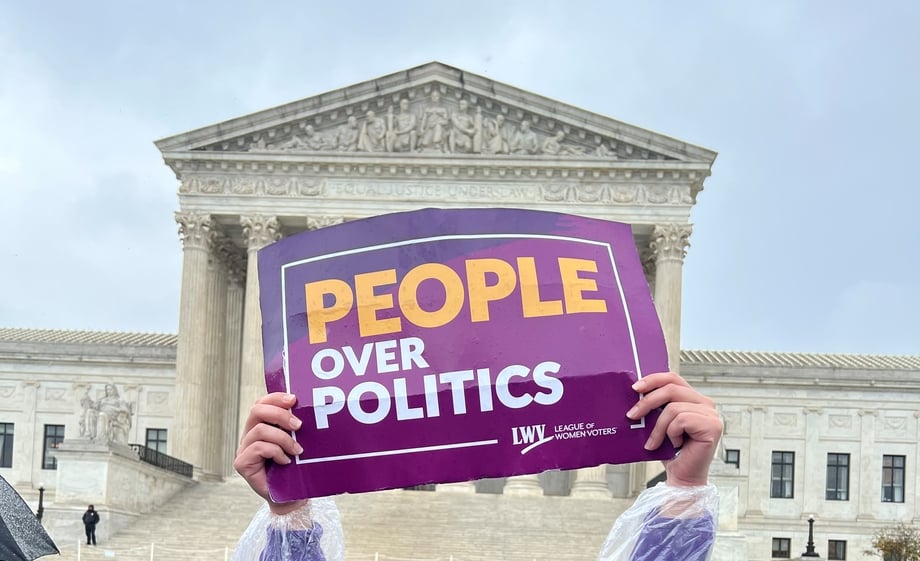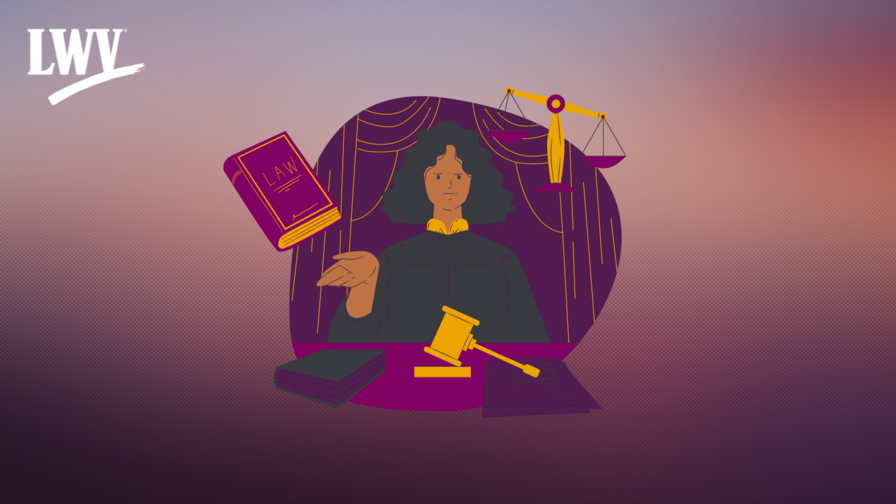The Lochner Court: Substantive Due Process and Its Effect on the Supreme Court Today
In a previous deep dive on the US Supreme Court (SCOTUS), we discussed where SCOTUS derives its power and how it could be limited.
In this piece, we’ll look at the creation of “substantive due process” as it related to what was known as the “Lochner era.” The Lochner era marked the beginning of the Court’s expansion of its powers into unenumerated rights (see below), and by extension, Americans’ economic and social lives, which persists today.
Unenumerated rights — those not explicitly spelled out in the Constitution — are liberties many Americans consider fundamental to a free, modern society. These include the right to contraception, interracial marriage, and, before 2022’s Dobbs decision, abortion. Few Americans today would enjoy or accept living in a society without unenumerated rights.
The development of substantive due process brought many unenumerated rights under the Constitution, meaning SCOTUS had the power to expand and protect them. But as seen with abortion, substantive due process also made it possible for SCOTUS to overturn unenumerated rights; after all, an institution that can grant rights may also take them away. The end of Roe v. Wade was a powerful lesson that personal freedoms depend upon courts and judges being willing to defend and protect them.

As we’ll see, the Lochner era of substantive due process exemplifies how a Supreme Court majority can radically reshape Americans’ lives in the most personal ways. It’s a powerful lesson, as court majority seems determined to do the same.
Introduction: The Lochner Court
The Lochner Court takes its name from the case Lochner v. New York, which was decided in 1905.
Joseph Lochner was a German immigrant who owned a bakery in Utica, New York. Mr. Lochner was charged with violating New York’s Bakeshop Act, which forbade bakery employees from working more than 60 hours a week or ten hours per day. He was fined twice for violating the Bakeshop Act after he allowed employees to work for more than 60 hours a week.
Mr. Lochner challenged these fines, and after several appeals, the case came before the United States Supreme Court. In a 5-4 ruling, the Court sided with Mr. Lochner. It declared the Bakeshop Act’s limit upon working hours unconstitutional on the grounds that it violated his right to contract and, therefore, his liberty under the US Constitution.
Support our litigation promoting voting rights, fair maps, social equality, and more!
The Lochner decision was followed by other decisions striking down various federal and state labor laws under the Court’s theory of freedom of contract. These include cases striking down a federal law forbidding railroads from firing workers if they joined a union (Adair v. United States), a federal law banning child labor (Hammer v. Dagenhart), a Kansas law banning employers from firing workers for joining a union (Coppage v. Kansas), and a federal minimum wage law for women in Washington, DC (Adkins v. Children’s Hospital).
The Fourteenth Amendment and the Due Process Clause
At this point, a reader might note that neither the Fifth Amendment nor the Fourteenth Amendment mentions a constitutional right to contract. They would be correct. The Fourteenth Amendment’s Due Process Clause reads, in part:
"No State shall make or enforce any law which shall abridge the privileges or immunities of citizens of the United States; nor shall any State deprive any person of life, liberty, or property, without due process of law; nor deny to any person within its jurisdiction the equal protection of the laws."
Therefore, the Lochner Court’s cases hinged on SCOTUS’s definition of “liberty.” In Lochner v. New York, the Court determined that the right to contract was among the liberties protected by the Fourteenth Amendment.

The Court’s entry into defining and interpreting “liberty” under the Due Process Clause extended to parts of American life beyond the workplace. This area of jurisprudence is called “substantive due process,” in which courts interpret what the Constitution protects unenumerated rights. As explained below, the Court’s decisions on these rights can be the deciding factor in determining who enjoys the protections of substantive due process.
Unenumerated Rights and the Supreme Court
Over time, the Lochner Court and its decisions favoring employers and protecting businesses from regulation extended the Due Process Clause’s protections to include numerous unenumerated rights. In its 1925 opinion, Pierce v. Society of Sisters, the Court struck down an Oregon law requiring all children to attend public school. The Court declared that parents and guardians had a fundamental right to direct their children’s upbringing under the Fourteenth Amendment. Two years earlier, in Meyer v. Nebraska, the Court struck down a Nebraska law forbidding instruction in foreign languages to students before high school. The Court ruled that the ban interfered with parents' fundamental liberty to decide how to educate their children.
The Court also provided guidance on what fundamental liberties are protected under the Due Process Clause, stating,
“While this Court has not attempted to define with exactness the liberty thus guaranteed, the term has received much consideration and some of the included things have been definitely stated. Without doubt, it denotes not merely freedom from bodily restraint, but also the right of the individual to contract, to engage in any of the common occupations of life, to acquire useful knowledge, to marry, establish a home and bring up children, to worship God according to the dictates of his own conscience, and generally to enjoy those privileges long recognized at common law as essential to the orderly pursuit of happiness by free men.”
In later years, the Court would further expand its definition of liberty to include the right to interracial marriage (Loving v. Virginia (1967)), birth control (Griswold v. Connecticut (1965)), abortion (Roe v. Wade (1973)) and marriage equality (Obergefell v. Hodges (2015)), among others.

These freedoms are not mentioned in the text of the Constitution, but most Americans consider them integral to a free society.
It’s significant that 2022’s ruling overturning Roe v. Wade removed a right it previously declared protected under the Fourteenth Amendment. This ability of the Court to add and remove unenumerated rights from the Due Process Clause’s protection has profound consequences for American democracy, privacy, and freedom. This same court can overturn Griswold v. Connecticut, which forbids states from banning birth control, as well as any other cases above.
Put simply, in 2023, the existence of rights that hundreds of millions of Americans take for granted depends on whether five members of the Supreme Court agree with previous rulings.
Abortion Rights, an Unchecked Court, and an Out-of-Balance Government
The end of Roe v. Wade means that in at least half of the states, women and those who can become pregnant no longer have full reproductive freedom or bodily autonomy. This reversal of 50 years of precedent was made by five justices, three of whom were appointed under a single, one-term president. While the ultimate responsibility for the Dobbs decision rests with these five justices, the fall of Roe also prompts questions on the relationship between SCOTUS and the American people.
Where do abortion and other rights stand in your state? Contact your local League.
The overturning of Roe v. Wade was widely unpopular with the American public. In poll after poll, majorities of Americans disapproved of the Supreme Court’s ruling and supported, in some form, a right to abortion and reproductive freedom. This sentiment was reflected in referendums across the country, in which voters either enshrined the right to an abortion, as seen in California, Vermont, and Michigan, or defeated further attempts to restrict abortion at the state level, including in Kansas, Kentucky, and Montana. This split between a Supreme Court against reproductive freedom and an electorate favoring it presents a serious challenge to the separation of powers.
Like the current Court, the Lochner Court repeatedly struck down reforms enacted by the elected branches of government, restricting the rights of millions of American workers. The American people’s recourse in such situations is to make their preference known at the ballot box when they choose the President and their representatives in Congress, who collectively check and balance SCOTUS through legislation.
However, the Court’s composition doesn't change with every election. A Supreme Court majority may continue to make rulings that contradict the clear preferences of the electorate. This is not to say that the Court should be elected or blindly follow the majority. The judicial system must remain independent of the elected branches to safeguard minority rights and the Constitution against the whims of a temporarily empowered President and/or Congress seeking to damage them. But, when a Court majority repeatedly issues decisions that restrict or deny rights to millions of Americans, a confrontation between it and the elected branches representing the people will likely be inevitable.
Stay tuned for a future blog discussing the last such confrontation, when President Franklin Roosevelt, freshly reelected with supermajorities in Congress, confronted a Supreme Court majority staunchly opposed to his New Deal policies. That struggle and its outcome hold significant lessons for the American people’s relationship to the current Supreme Court.
The Latest from the League
Like the legislative and executive branches, the Supreme Court of the US is subject to checks and balances. These restrictions are part of the United States Constitution and may be exercised by elected branches with the political will to do so. The Court may act, but its fellow branches may respond.
This blog, the first of a three-part series, will discuss the Supreme Court’s powers under the constitution, Congress’ power to check the Court, and the history of Congress’ use of these powers.
On June 24, 2022, the United States Supreme Court released its decision in Dobbs v. Jackson Women’s Health Organization, overturning the constitutional right to abortion. In so doing, they turned back the clock, looking almost exclusively at reproductive rights from the lens of the mid-1800s and earlier to determine whether the Constitution confers a right to abortion.
The Supreme Court recently ruled on a case around mifepristone, a drug commonly used for medication abortion. Their decision preserves access to one of the most common, effective, and safest forms of abortion.
Sign Up For Email
Keep up with the League. Receive emails to your inbox!
Donate to support our work
to empower voters and defend democracy.





